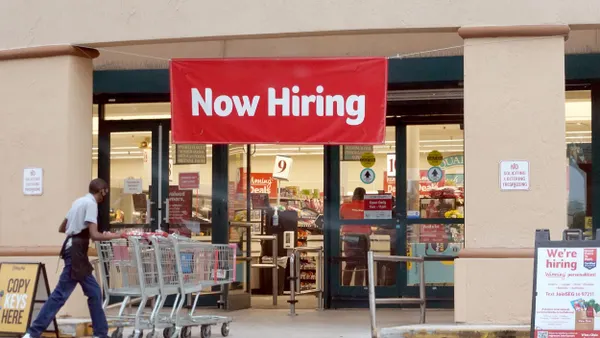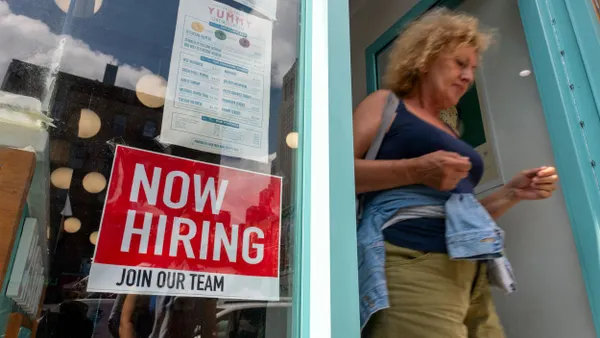When Randstad announced its intended purchase of Monster.com, one of the biggest job boards out there, a shudder went through the entire recruitment industry. Speculations ran rampant on Twitter. Since Monster and its ilk have provided a means to get in front of millions of job seekers at once, many were concerned about consolidation.
Then Microsoft swooped in to purchase LinkedIn, the largest professional social networking site, proving to be one of the bigger deals of the year.
Does this signal the end of job boards as we know them or is this just the next evolution of the way recruiters will handle talent acquisition?
Recruitment technology is quietly closing the gaps
Teena Rose, CEO of BeyondTheCraft and executive resume writer and career coach for nearly 2 decades, spoke to HR Dive about how recruitment is creeping into the other areas of online hiring.
"Take Randstad’s $429M acquisition of Monster in 2016 as an example," she says. “Essentially, Randstad is shortening the gap between hiring companies and on-the-market professionals. Of course, this acquisition also puts Randstad ‘closer’ to its paying customer, which makes the multimillion-dollar acquisition a no-brainer for their business growth.”
HRIS get bigger, but better
Korn Ferry just released their Futurestep Makes 2017 report, which highlights projections for the recruitment market. One of the biggest trends that Korn Ferry has predicted is the simplification of all HR and recruitment functions into one streamlined platform. This idea is born out of big data and how it can be put to use. From sourcing and interviewing to conducting onboarding and employee development processes, larger HRIS systems will prevail.
Byrne Mulrooney, CEO of the Futurestep division, says in a press release, “No matter what industry clients are in, they are all classified as technology companies. This concept has changed the way talent acquisition professionals will perform their jobs, and it also influences the entire candidate experience.”
Recruitment becomes more human-centric
Angela Bortolussi, a partner at Recruiting Social and contributer to Undercover Recruiter, mentions that in addition to the overall candidate experience, which will evolve further in 2017, organizations will be creating clearer maps of the candidate journey. Why is this important? This provides valuable insight for engaging with candidates faster and more efficiently.
Employee referrals will continue to lead the way
LinkedIn released its annual Global Recruiting Trends 2017 report, which surveyed 4,000 corporate talent leaders representing 35 countries. In this report, LinkedIn found that 46% believed job boards were one of the leading sources for new hires, with social media closely behind at 40%. While these are positive for recruiters that utilize these resources, nothing beats out good old-fashioned employee referrals, which came in as the leading way that talent is sourced by 48% of the polled talent managers.
Better screening technology on the horizon
The LinkedIn report also pointed to an increased focus on diversity in hiring, as well as the inclusion of more pre-hire assessments and innovative interviewing tools. It’s safe to say that we shall see more technology that will outpace traditional job boards in many ways. Mobile has become the preferred way that younger generations of job seekers look for new career leads and engage with recruiters.
Increased security features
In a smart move, JobVite, a leading recruitment platform, announced that it had been busy behind the scenes earning SOC 2 certification, making it the first recruitment platform to achieve the highest level of security for a cloud-based application. This focus on enhancing security on job boards and candidate recruitment solutions springs out of the recent high profile attacks on the nation’s internet service, and DNC attacks by hackers. Recruitment platforms and applicant tracking systems must improve their security in keeping with best practices for protecting sensitive data.
These are just a sampling of the job board predictions that we have for the coming year. Of course, new technology that harnesses artificial intelligence and machine learning will continue to improve diversity in hiring and candidate selection. We’ll check back in about 6 months from now on our predictions to see what’s happening and if job boards are thriving.












